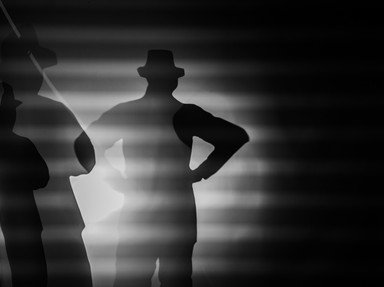Quiz Answer Key and Fun Facts
1. Born a slave in 1820, which of the following became a beacon of hope as an abolitionist and leader of the Underground Railroad during the Civil War era?
2. Which of these women was the very first, in 1849, to receive a medical degree from an American university?
3. Which of these women, who experienced blindness later in life, was the first woman to be elected tribal leader of the Cherokee nation in 1985?
4. What talented jazz singer, born in 1917, suffered from eye problems later in life but is remembered as the "Queen of Jazz" and the "First Lady of Song?"
5. Which of the following was an influential depression-era photo journalist who had a profound impact on the development of documentary photography?
6. Who was the first legally blind female athlete to compete at the able-bodied Summer Olympic Games in the sport of Track & Field?
7. What talented British author of the "Adrian Mole" series lost her eyesight to diabetes towards the end of her lifetime?
8. Which of the following is a Cuban ballerina and choreographer that is partially blind but best remembered for her portrayal Of Giselle and the ballet version of Carmen?
9. Which of the following blind Austrian female composers was a well-known contemporary of Mozart?
10. Which of the following women endured deafness and blindness at 18-months of age, yet went on to graduate from Radcliffe College before becoming a best-selling author and advocate for individuals with disabilities?
Source: Author
coachpauly
This quiz was reviewed by FunTrivia editor
bloomsby before going online.
Any errors found in FunTrivia content are routinely corrected through our feedback system.

